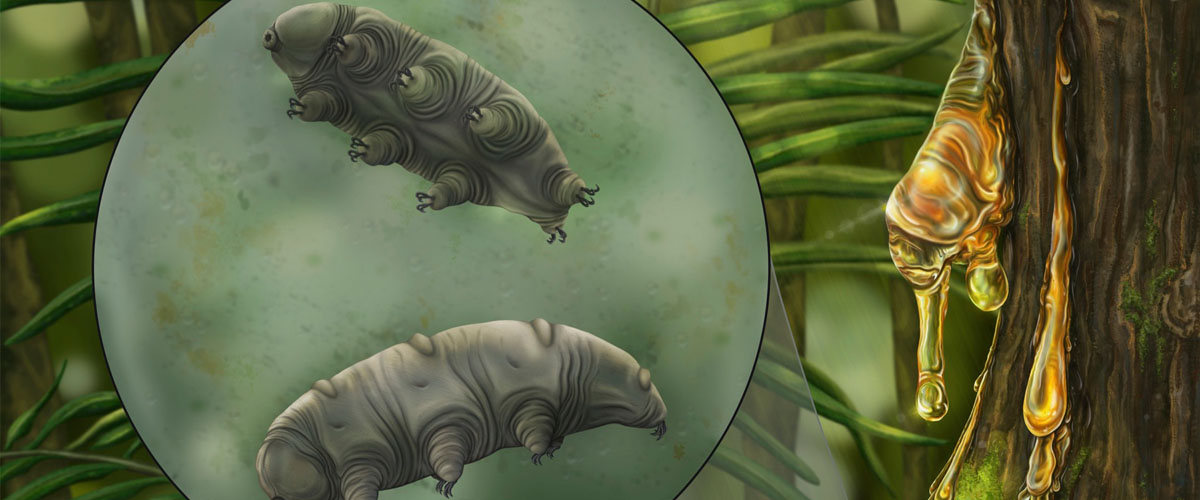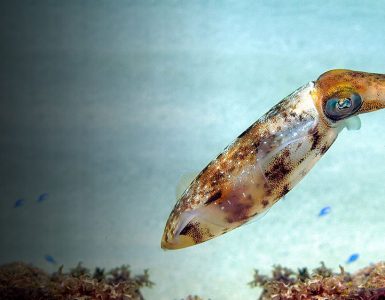Some of the best-known survivors in the world are Tardigrades or the water bears who have survived all five Phanerozoic Great Mass Extinction events. These are microscopic invertebrates, which in the year 2007 were sent on a trip to space, where they were exposed to vacuum and harmful ionizing solar radiation, and they surprisingly not only survived but also reproduced as they came back to Earth. They can be found in freshwater, marine, and terrestrial environments, and are present on all the continents of the world.
Despite having a long and resilient evolutionary history with global distribution, their fossil record is very sparse, because of being microscopic and not having a biomineralized body. But in a recent study published in the Proceedings of the Royal Society B, the scientists have described a novel, modern-linking tardigrade fossil, representing both new genus and species. They used confocal laser microscopy to get a better higher resolution image of the anatomical features of this species to make correct phylogenetic analyses and taxonomical placement of the recently found fossil.
biologist Phil Barden of New Jersey Institute of Technology said, “The discovery of a fossil tardigrade is truly a once-in-a-generation event,” he went on to say, “They are like a ghost lineage for paleontologists with almost no fossil record. Finding any tardigrade fossil remains is an exciting moment where we can empirically see their progression through Earth history.”
With the help of confocal microscopy, the scientists were able to measure the half a millimeter length of the tardigrade, with a perfect chitinous composition of its cuticle, that was easily observable by the lasers used in this microscope. The team got the best-imaged tardigrade fossil to date, with the perfectly visible little claws, and foregut.
The scientists have named it Paradoryphoribius chronocaribbeus, and identified it as a member of the modern tardigrade superfamily, Isohypsibioidea. Its name incorporates the Greek word for time, “chrono,” and “caribbeus” in reference to the region where it was found. The fossil will spend the next part of its life at the American Museum of Natural History.
Tardigradologist Marc Mapalo of Harvard University said that “Paradoryphoribius is the only genus that has this specific unique character arrangement in the superfamily Isohypsibioidea.”
The fossil looked a lot like tardigrade but the use of confocal laser microscopy allowed the team to see the unique foregut organization of the fossil, which meant that it needed a new genus within the tardigrades. The Paradoryphoribius is the only tardigrade fossil from the Cenozoic era, the remaining two fossils were from 90 million years ago to 72 million years ago.
The fossil is unique for its clarity, its age, and how helpful it could be to evolutionary scientists’ future studies. While the new fossil is a major find, Barden says the research team is “just scratching the surface” of understanding living tardigrade communities. This fossil is believed to provide a new molecular estimate into the major evolutionary events that shaped 1,300 plus species across the planet.
“This study provides a reminder that, for as little as we may have in the way of tardigrade fossils, we also know very little about the living species on our planet today,” Barden said.
















Add comment